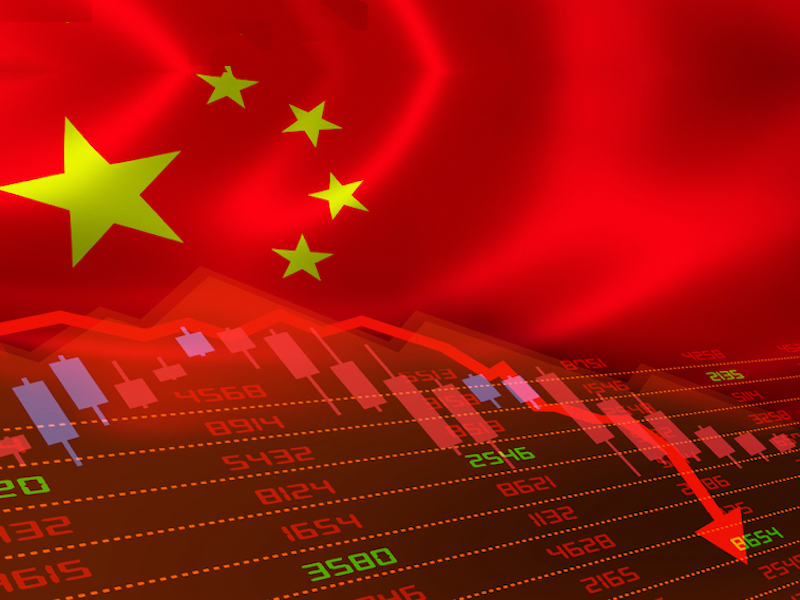
China’s economy expanded at a slower-than-forecast 4.7% annual rate in the last quarter, the government reported Monday, while emphasizing signs of improvement in factory output, income and investment.
The expansion was sharply below the 5.3% annual pace of growth seen in the first quarter of the year.
The progress this year, after growth slowed sharply during the COVID-19 pandemic, has been “hard won,” the National Bureau of Statistics said.
“Since the beginning of this year, global economic growth momentum has been weak, inflation is sticky, geopolitical conflicts, international trade frictions and other problems have occurred frequently, domestic demand is insufficient, enterprises are under great operating pressure, and there are many risks and hidden dangers in key areas,” it said in a statement.
“There are many difficulties and challenges in promoting the stable operation of the economy,” it said.
Economists say weak consumer demand and reduced government spending are dragging on growth in the world’s No. 2 economy.
The statistics bureau said the economy grew at a 5% pace in the first half of the year, at the target set by the government for around 5% growth.
In quarterly terms, the way many countries report their growth, the economy grew 0.7%.
The update came as leaders of the ruling Communist Party gathered for a once-a-decade conclave to set economic policy that was expected to focus on self-sufficient strategies for growth in an era of tensions over trade and technology.
The four-day meeting of the Communist Party’s 205-member Central Committee is the third plenary session of a five-year term that started in 2022. This year’s meeting was expected to be held last year, but was delayed.
The policies resulting from the closed-door meetings are likely to come days after it ends.
Party plenums usually focus on long-term issues, but business owners and investors are watching for any immediate measures to counter a prolonged downturn in the property market and persistent malaise that has suppressed China’s post-COVID-19 recovery.
Recent bright spots suggest growth has stabilized.
On Friday, the government reported higher than expected exports in June that further boosted China’s trade surplus.
Exports grew 8.6% from the same time a year earlier, though imports fell 2.3%. The trade surplus widened to $99 billion, up from $82.6 billion in May.
The statistics bureau said Monday that factory output rose 5.3% in June.
Retail sales, a measure of consumer demand, were up 4.1% in January-May, while nominal disposable income, not adjusted for inflation, grew 5.4%, it said.
But that level of retail sales is well below expectations, noted Yeap Jun Rong of IG.
“Retail sales may be the biggest disappointment, with its significant underperformance reinforcing the weak state of consumer spending, in line with recent subdued price data and imports figure,” he said in a report.
Expanding consumer demand is seen as key to supporting sustained strong growth, but has proven difficult as companies shed jobs during and after the pandemic, causing many Chinese families to tighten their purse strings.
Despite the strong start to the year, policies to address the problems have been cautious and ineffective, as the property market continued to weigh on the economy, Louise Loo of Oxford Economics said in a commentary.
“Stagnating household credit growth, consumer confidence, and personal savings rates hint at no sign of a genuine recovery yet,” she said.
Although exports jumped in recent months, rising tariffs on imports of Chinese electric vehicles to the United States and Europe will add to obstacles facing Chinese manufacturers that are being encouraged to ramp up investment and production at a time of weak demand in the home market.